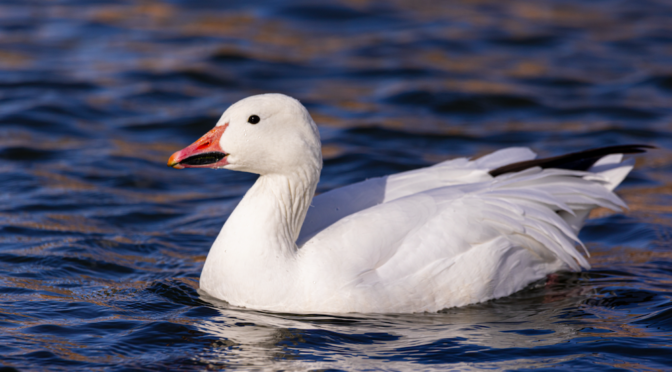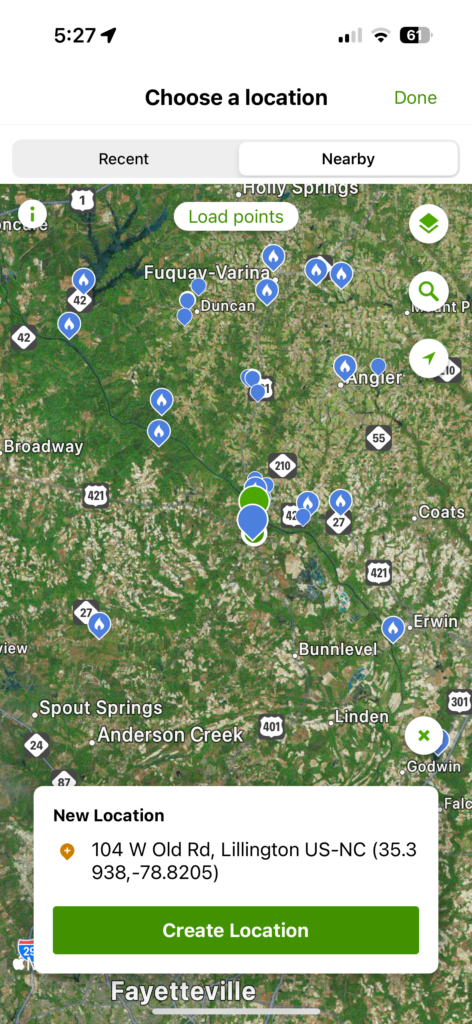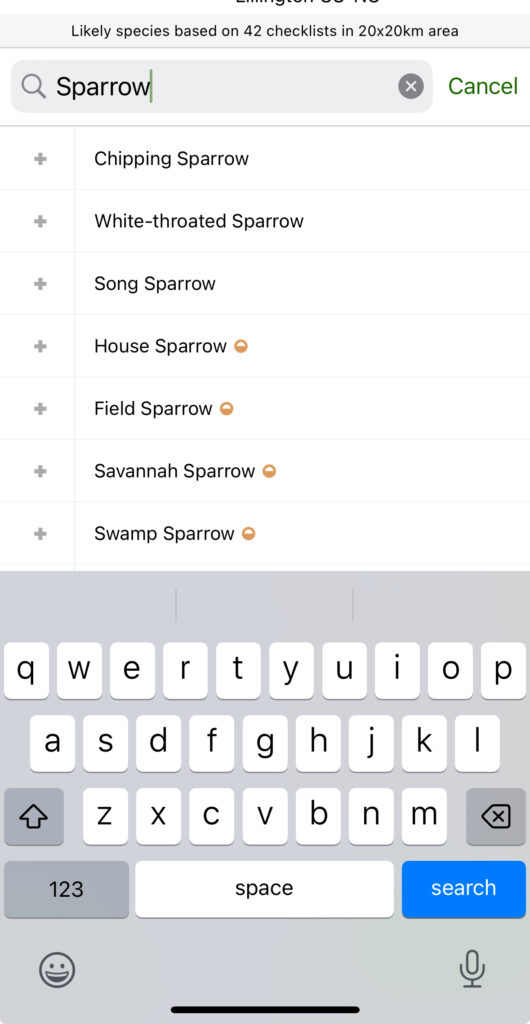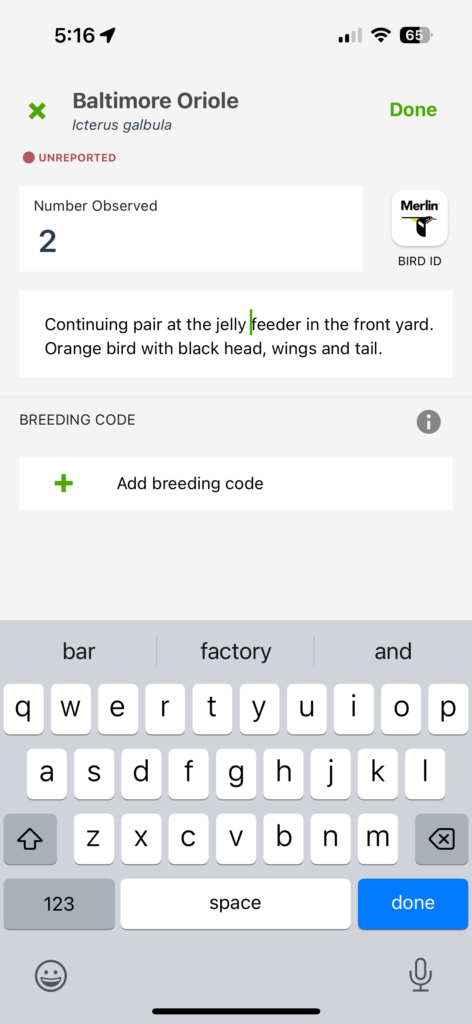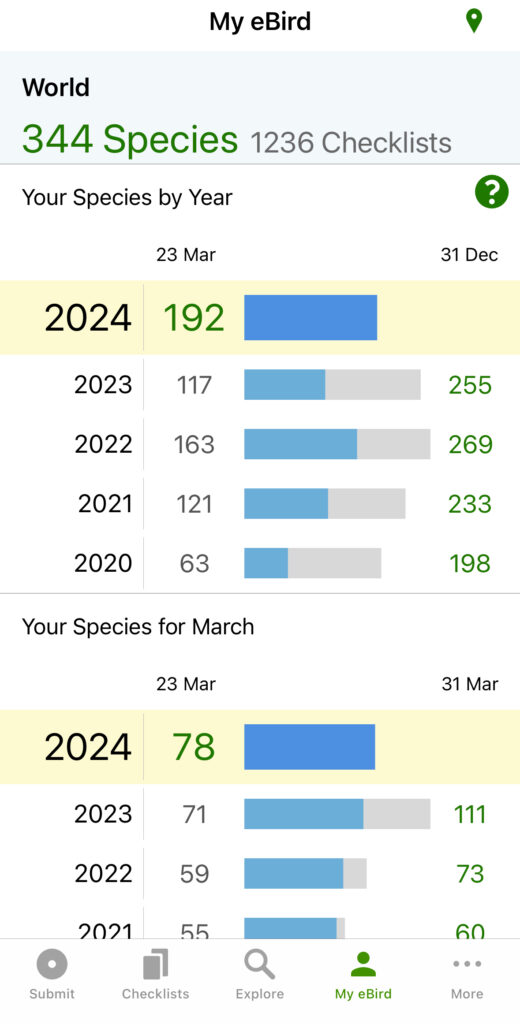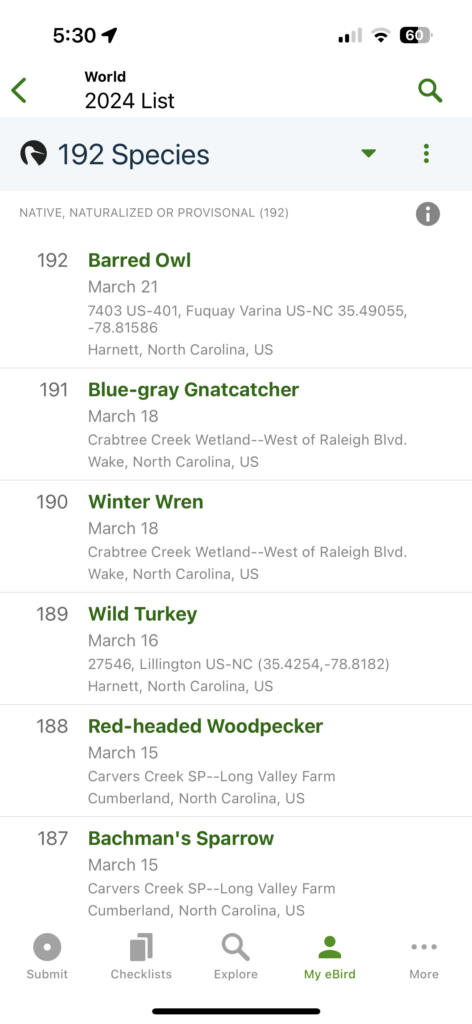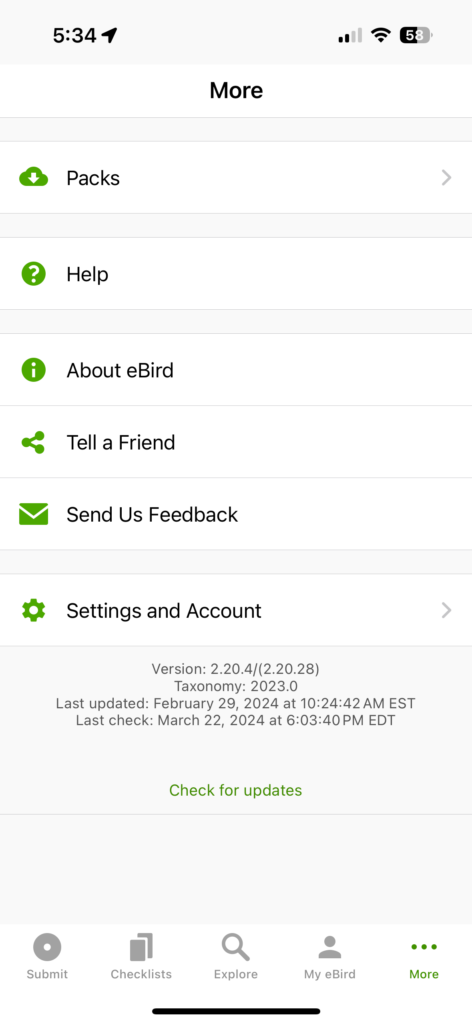By Sally Siko
Introduction:
eBird is a popular citizen science project developed by the Cornell Lab of Ornithology and the National Audubon Society. It allows birdwatchers and nature enthusiasts to record their bird sightings, contribute to scientific research, and explore birding hotspots worldwide. Here’s a step-by-step guide on how to use the eBird app to make the most of your birdwatching experience:
Step 1: Download and Install the eBird App
– Visit the App Store (for iOS devices) or Google Play Store (for Android devices).
– Search for “eBird” and download the app developed by the Cornell Lab of Ornithology.
– Install the app on your device.
Step 2: Create an Account
– Open the eBird app on your device.
– Tap on “Sign Up” or “Create Account” to register for a new account.
– Follow the on-screen prompts to enter your email address, create a password, and provide some basic information about yourself.
– Once you’ve completed the registration process, log in to your newly created eBird account.
Step 3: Explore Birding Hotspots
– Upon logging in, click on the magnifying glass icon at the bottom of the screen to bring up a map displaying birding hotspots in your area.
– Use the search bar to find specific locations or browse through the map to discover nearby birding sites.
– Tap on a hotspot to view more information, including recent sightings, species lists, and comments from other birders.
Step 4: Report Your Bird Sightings
– To report a bird sighting, tap on the “Submit” button located at the bottom of the screen.
– Select the date and location of your birding outing using the calendar and map interface.
– Enter the species you observed by typing the name or using the app’s built-in bird identification tool.
– Indicate the number of individuals observed and any additional comments or observations.
– Rare & previously unreported birds (indicated by red dot shown next to the bird’s name) will require checklist comments with species observations. Use descriptions like plumage color, behavior, size and song type.
– Review your checklist and tap “Submit” to upload your sighting to eBird’s database.
Step 5: Explore Your Personal Data
– Navigate to the “My eBird” section of the app to access your personal birding data.
– View your lifetime, year, month, or day lists to track your birding progress over time.
– Explore your personal statistics, including the number of species observed and your birding activity by location.
Step 6: Contribute to Science
– By reporting your bird sightings to eBird, you’re contributing valuable data to scientific research and conservation efforts.
– Your observations help researchers better understand bird populations, distributions, and migration patterns.
– Participate in eBird challenges and special projects to further contribute to ornithological science.
Step 7: Customize Your Settings
– Click on the three little dots in the bottom righthand corner of the screen to explore the app’s settings to customize your eBird experience.
– Adjust notification preferences, download regional species packs, map layers, and display options to suit your preferences.
– Keep the app updated to access the latest features and improvements.
Conclusion:
The eBird app is a powerful tool for birdwatchers of all skill levels, providing a platform to record, share, and explore bird sightings around the world. By following this tutorial, you can make the most of your birding adventures and contribute to the global community of citizen scientists working to conserve avian biodiversity.
Happy birding!











































